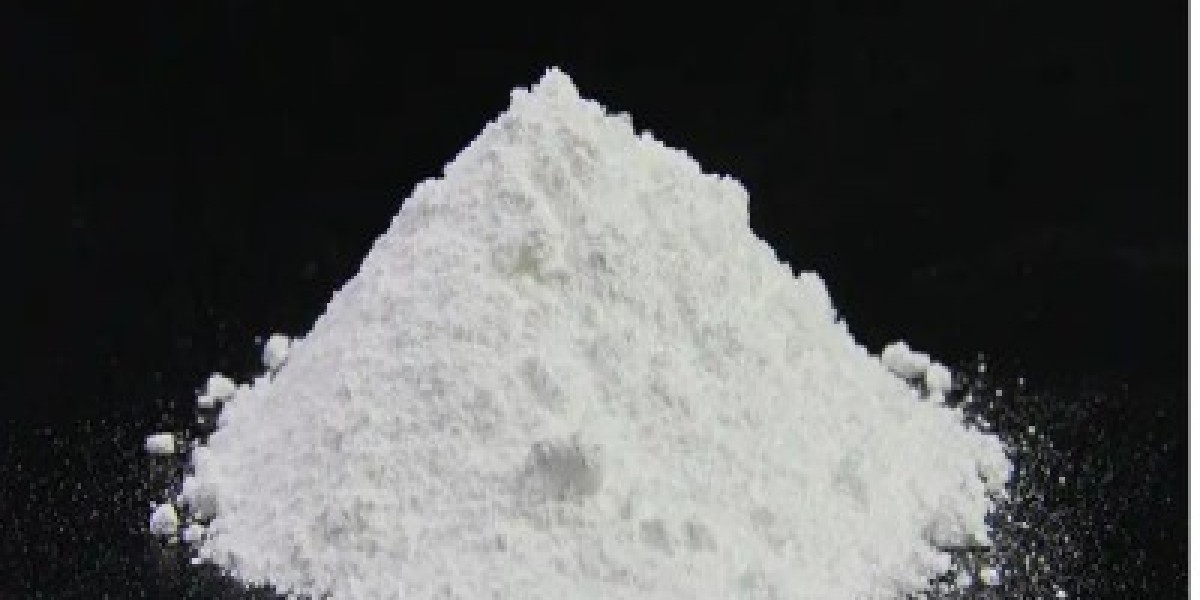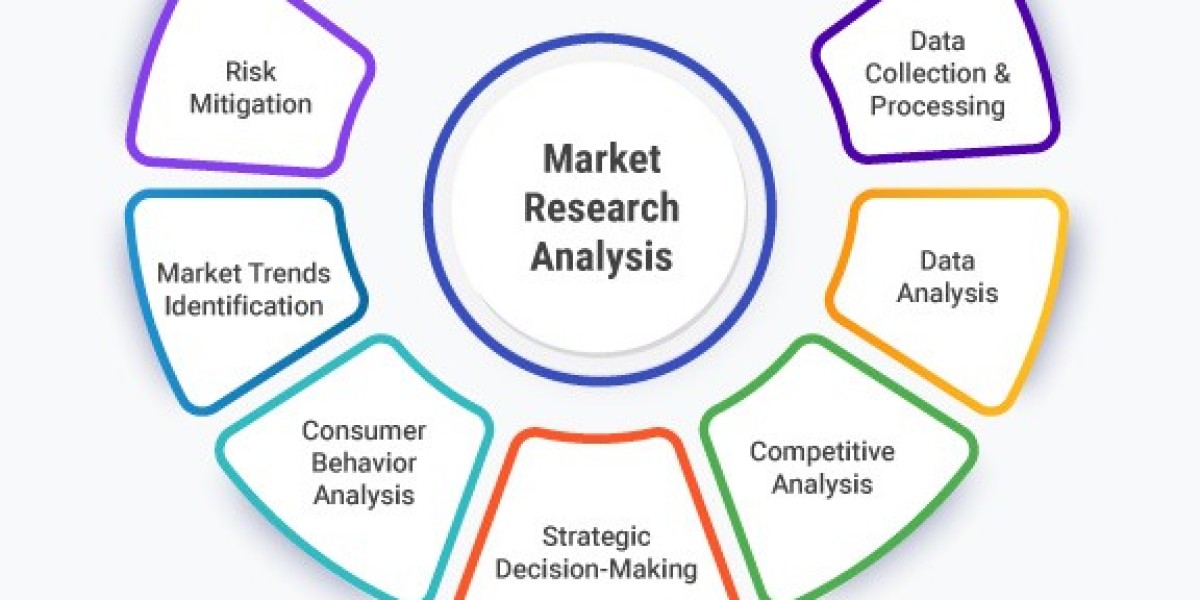Chemical manufacturer can stay compliant with evolving regulations through a combination of strategic planning, robust compliance frameworks, and leveraging advanced tools. Here are some key strategies:
1. Establish a Robust Compliance Framework
Develop a comprehensive compliance framework that outlines policies, procedures, and controls to ensure regulatory compliance. This framework should include:
Risk Assessment: Identify and evaluate potential regulatory risks associated with chemical handling, storage, and disposal.
Policy Framework: Establish clear policies that outline roles, responsibilities, and procedures for ensuring compliance.
Training and Awareness: Provide regular training and awareness programs for employees to ensure they understand their compliance obligations.
2. Implement Automated Compliance Management Systems
Utilize digital tools to streamline compliance processes, track compliance metrics, and provide real-time insights. These tools can help:
Automate Reporting: Ensure accurate and timely submission of compliance reports.
Monitor Regulatory Updates: Stay informed about changes in regulations and adapt quickly.
Centralize Documentation: Maintain a centralized repository of compliance-related documents, such as safety data sheets and regulatory filings.
3. Conduct Regular Compliance Audits
Regular audits and assessments help identify and address any gaps in adherence to regulatory requirements. This includes:
Internal Audits: Conduct periodic internal audits to ensure ongoing compliance.
Third-Party Audits: Engage third-party auditors to provide an independent assessment of compliance.
4. Manage Supply Chain Compliance Risks
Extend compliance strategies to the supply chain to mitigate risks:
Vendor Vetting: Conduct thorough due diligence on suppliers, including evaluating their compliance history and auditing their facilities.
Risk Mapping: Identify high-risk segments in the supply chain and prioritize mitigation efforts.
5. Stay Updated on Regulatory Changes
Regulations are constantly evolving, so staying informed is crucial:
Regulatory Monitoring: Establish a dedicated team to track updates and changes to relevant regulations.
Expert Insights: Leverage services like Enhesa’s Regulatory Forecaster to get extensive coverage of upcoming compliance regulations.
6. Invest in Sustainable Practices
Sustainability is increasingly important for compliance and reputation:
Decarbonization: Invest in processes and technologies that reduce carbon emissions.
Circular Solutions: Explore circular economy solutions to minimize waste and improve resource efficiency.
7. Collaborate with Regulatory Agencies
Maintain open lines of communication with regulatory agencies to clarify requirements and seek guidance on compliance matters.
8. Leverage Advanced Tools and Platforms
Tools like Enhesa’s Compliance Intelligence and Regulatory Database can provide a centralized view of regulatory requirements and help standardize compliance tracking across the organization.
By implementing these strategies, chemical manufacturer can navigate the complex regulatory landscape, ensure ongoing compliance, and drive sustainable innovation.
wenzhou611
25 Blog posts


